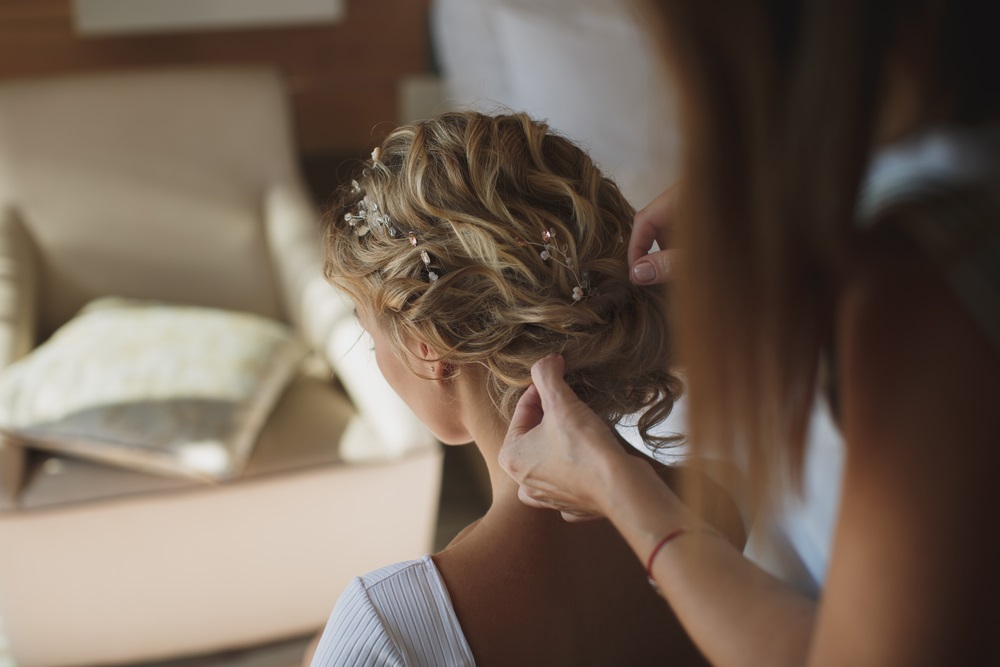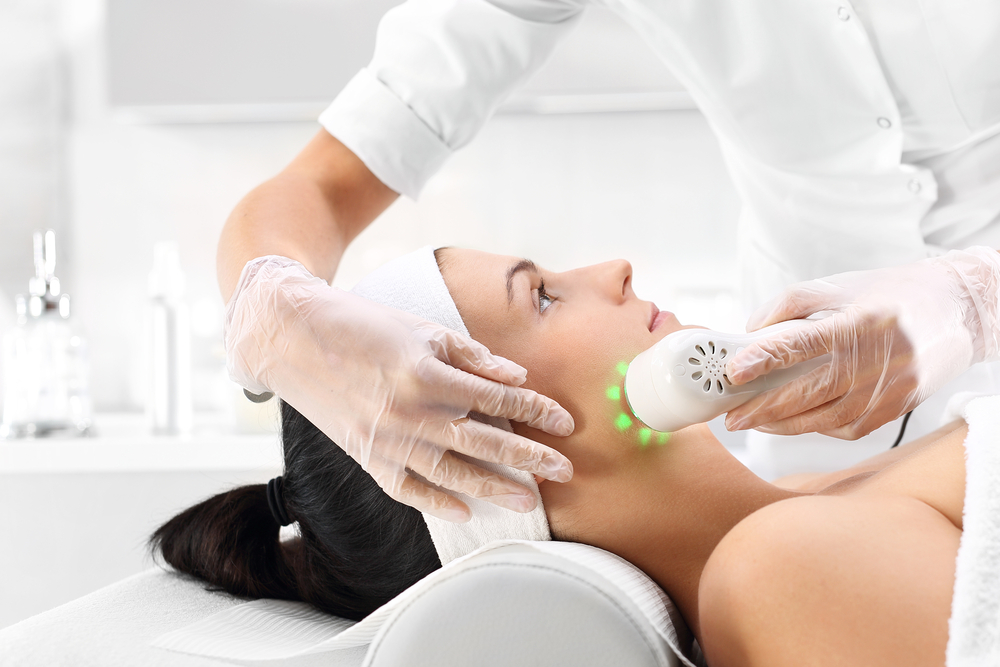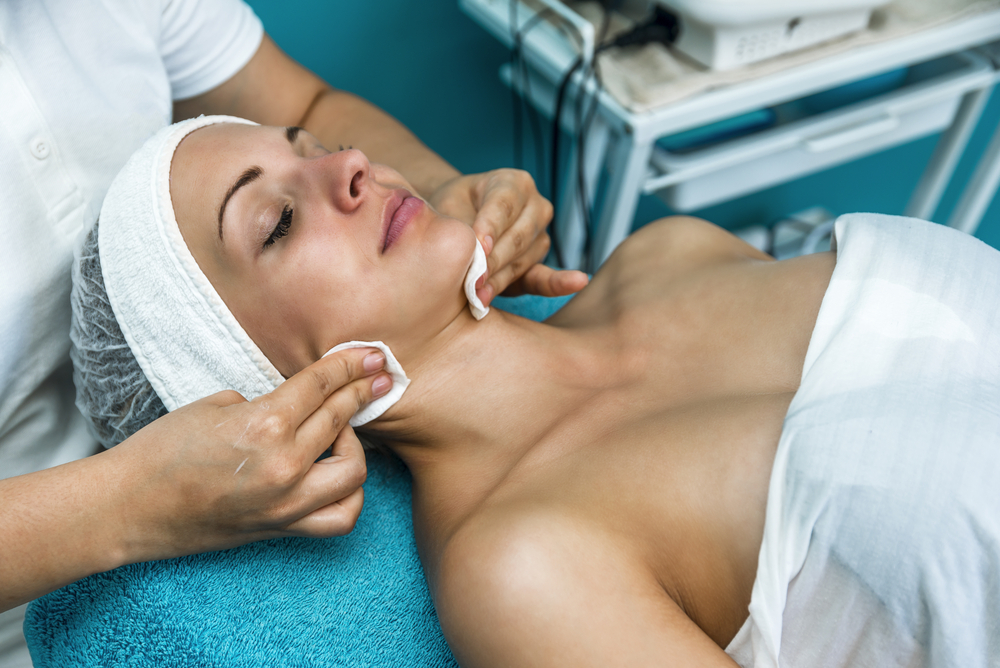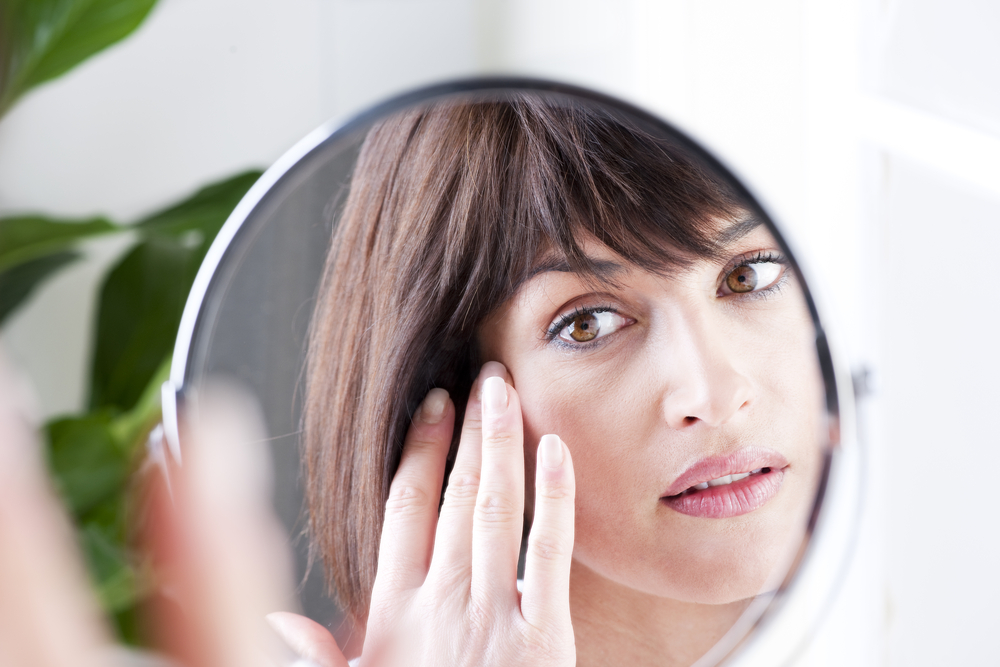Microblading started as a beauty treatment to help define thinning eyebrows. Now it’s being used on the scalp to conceal receding hairlines and shedding. Here’s what you need to know about this increasingly popular alternative to hair restoration surgery.
If you’re not totally hip to the microblading craze, let us give you a quick rundown.
Microblading is a semi-permanent technique much like tattooing wherein an expert draws tiny, hair-like strokes onto the skin, mimicking natural hair strands. It can be used to fill in the entire hairline area or just areas that have started to thin. Unlike gimmicky sprays, makeup, or topical creams, this results in a more natural-looking appearance that’s identical to your actual hair color.
Cosmetic microblading isn’t new. In fact, it’s been around for decades in Asia. Permanent makeup goes back even further — legendary British tattoo artist George Burchett, who used vegetable dyes to give his clients a rosier complexion, pioneered a number of cosmetic tattooing techniques way back in the 1930s.
When permanent makeup actually morphed into microblading is up for debate, but the craze rose to prominence about 25 years ago. As eyebrow microblading gained steam throughout the ‘90s, specialists throughout the world discovered that the technique could also be used to fill in bald or sparse spots in the scalp.
How Is Scalp Microblading Performed?
Scalp microblading requires a series of in-office treatments to achieve the desired results.
Different versions of the technique can be employed to target either your hair part, temples, or full hairline. It can be used to fill in bald spots and thinning or to improve volume. A specialist will work with you to determine which approach is most suited to your particular needs and everyday hairstyle.
Before beginning the process, the micro-pigmentation expert develops a tint that’s close to the color of your real hair and skin tone. A numbing cream is then applied to minimize pain and ensure that you’re as comfortable as possible during application.
Finally, a small, handheld tool is used to draw in small strokes that mimic real hairs. A technique called scalp micropigmentation — a dot-by-dot application of dyes — may also be used to enhance the appearance of fullness.
Once the procedure is complete, a finishing cream or gel is applied to help seal in the results and ensure quick healing. Patients are able to immediately return to their normal activities.
Does Hairline Microblading Hurt?
Hairline microblading isn’t totally pain-free. Some patients report that it feels similar to a rubber band snapping onto the skin. After the procedure, you might also experience mild peeling, but by and large the results are considered immediate, and side effects are minimal.
Most experts will recommend applying antibiotic cream to the area for several weeks after the procedure. After your final treatment, the doctor or specialist will likely require a perfecting session to correct any issues that you’ve identified after the fact.
How Long Do Results Last?
While microblading is similar to tattooing, there’s one primary difference: tattooing is considered permanent, whereas microblading is semi-permanent and meant to fade over time.
As long as you closely follow the post-procedure parameters and take good care of the treated area, you can expect your hairline microblading to stay vibrant for about a year and a half.
Maintaining the color and vibrancy of your treatment immediately after the procedure is essential to ensuring natural-looking results.
To prevent color retention issues, patients should avoid sun exposure, swimming, washing the scalp, and using a blow dryer for several days after the treatment. Facials and exfoliating skin treatments are also to be avoided.
Other lifestyle factors — like how often you wear hats, for example — can also affect long-term results. Many patients therefore return to their microblading salon every six months for touch-ups. Fading varies from person to person, but following aftercare instructions will help lengthen the finished look for several months.
Are the Results Convincing?
Hairline microblading can certainly be a good option for some candidates, especially those who experience traction alopecia, which triggers hair loss caused by regularly wearing tight hairstyles or extensions.
It’s a popular choice for both men and women, and can even be used to create the look of a semi-permanent buzz cut. The downside? It isn’t a permanent solution, and regular upkeep can be costly.
And while microblading can be used to fill in bald spots on the scalp or to mask specific areas of the hairline that have thinned, it’s not the best solution for those who have gone completely bald.
Although microblading isn’t the ideal choice for those who have extreme hair loss, there are several hair restoration procedures and treatments available for those who experience loss or thinning at a greater level.
Visit The American Hair Loss Association website to find out more about Spironolactone, Minoxidil, and other prescription treatments to address severe thinning and alopecia. Those who are rapidly balding may also want to consider hair transplant procedures.
How Much Does Hairline Microblading Cost?
Just like any hair restoration procedure, the cost of microblading varies widely based on where you live and how much hair loss you’ve experienced.
Microblading can cost anywhere from $750 to $2,000 for a single treatment. In general, those who want to microblade just the hairline part — a good choice if you are experiencing the early phases of hair loss — will pay significantly less than those who need full hairline microblading.
Compared with hair transplant surgery and other methods, this seems like a steal. However, since hairline microblading only lasts about 18 months in total, it can be a relatively costly procedure over time. Generally, complete treatments include several sessions, while follow-up sessions may cost extra. Interestingly, hairline microblading isn’t that much more expensive than eyebrow microblading at many salons.
Where to Have It Done
Choosing your scalp microblading salon comes down to several factors, like where you live, your budget, and the severity of your hair loss.
Make sure to go with a certified micropigmentation expert who has completed professional microblading training courses. Also note that not all microblading salons perform hairline microblading, so choose one that has a proven track record in this particular field.










